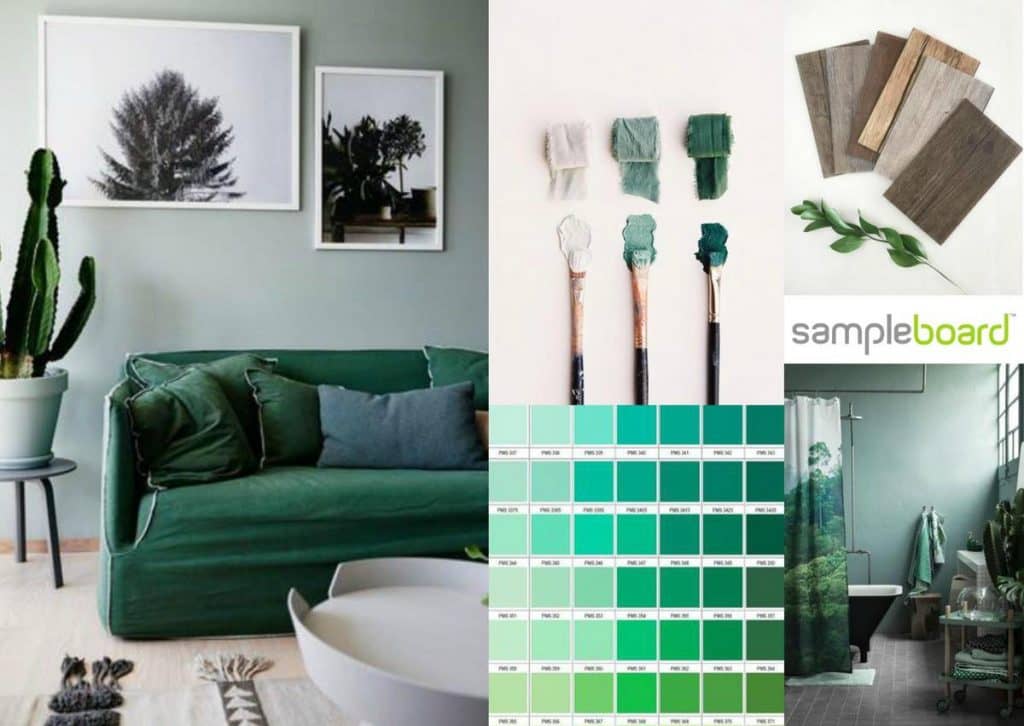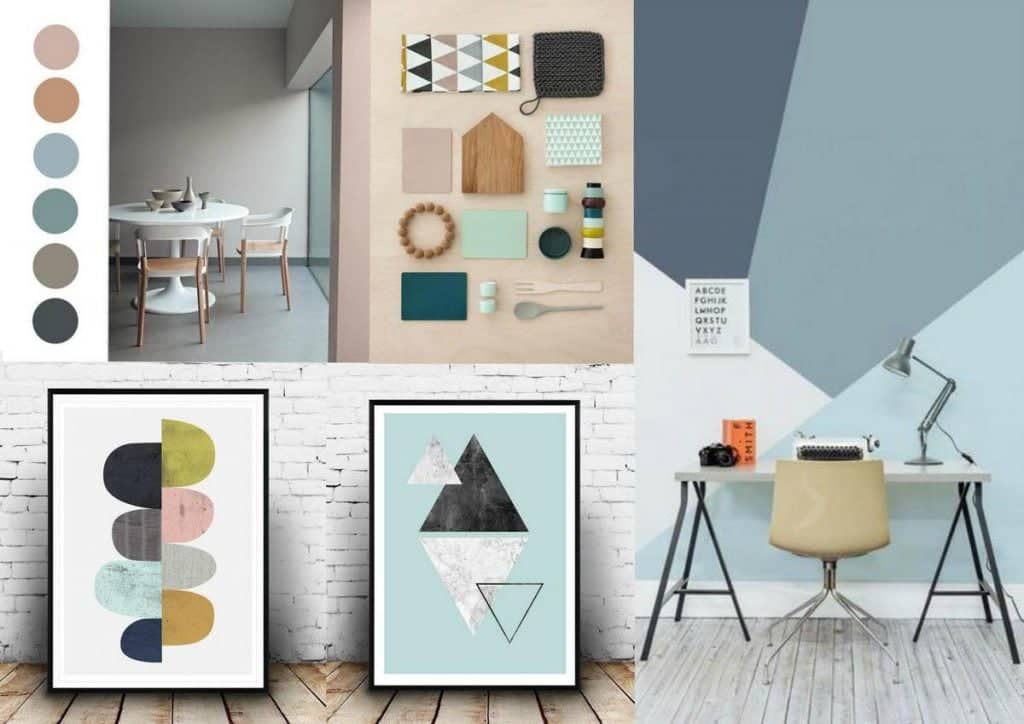Last Updated on October 24, 2024 by SampleBoard

The first step of a successful design project is coming up with an inspiring idea. Great ideas are hard to come by, and if you have got one, you are already halfway through. Still, there is the lion’s share of work ahead, and that is successfully presenting your idea to a client. Fortunately, unlike coming up with the design, presenting it is not a matter of creativity and talent, rather a matter of learning and knowledge. Although all interior designers have different approaches to projects, there are some usual guidelines that should help you find your way.
You probably already know how to make design schematics for a project, but it is important to stress out that the very appearance of the board falls behind comparing to quality content. A good rule of thumb is that the center of the board should present some sort of summary positioned into the visual focus. This summary is a good starting point for the presentation.
In most projects, you will be required to present several schematics detailing a variety of aspects of the project. For example, you may show off material boards, technical specifications, color boards, 3D drawings, etc. These boards should be visually similar (color scheme, font size, title style, same layouts, consistent style of the images). It is always useful (especially for beginners) to use a software that offers prepared collage templates and stick to it. Although these programs usually require paying subscription, you can sign up for your 14 day free trial, and see how our software suits you.

Start with something that inspires you. It can be a color, photograph, work of art or fabric. Layout the room and place and scale the furniture accurately. You can do that by hand sketching or with dedicated software. Both sketching and using a computer program require some expertise that can be learned in a design school. Finally, you should add personality to your board with accent furniture pieces or standout accessory items.
One last thing is left to be done: the actual presentation of the prepared board to the client. If you have invested a lot of time and energy in creating the schematics, you probably know all you need to know about the project. Still, you should prepare your speech. If you are well prepared, you will be confident, and confidence is the key unlocking every social interaction. Also, enthusiasm is contagious, so show your client just how important the project is to you.
Preparation isn’t only learning everything there is to know about the project. You should structure your pitch to make it clear and interesting. That means that your presentation should include the most important observation from your research, your conclusion based on that, the design concept in a few sentences, the way the concept will be conveyed, and the takeaway for the consumer.

When presenting the idea, you should know which present person has the most influence on accepting the design concept. If it is a company, find out who is the decision-maker when it comes to design, if you are presenting to spouses, try to grasp which of them is more interested. After you’ve got that figured out, tailor your presentation to the right person. When working for a company, check business executives’ LinkedIn profiles to find out if there is a special sports team they prefer or some interesting hobby that could help you get to know them better and have a good idea who you are selling to. Combine well thought-out small-talk and a hard-hitting design idea.
A good idea is the beginning of a great project, but all of your efforts will go down the drain if you don’t know how to pitch that idea to a client. These were some tips on how to do that successfully, but try to approach them uniquely, showing off something that separates your design from everyone’s else.